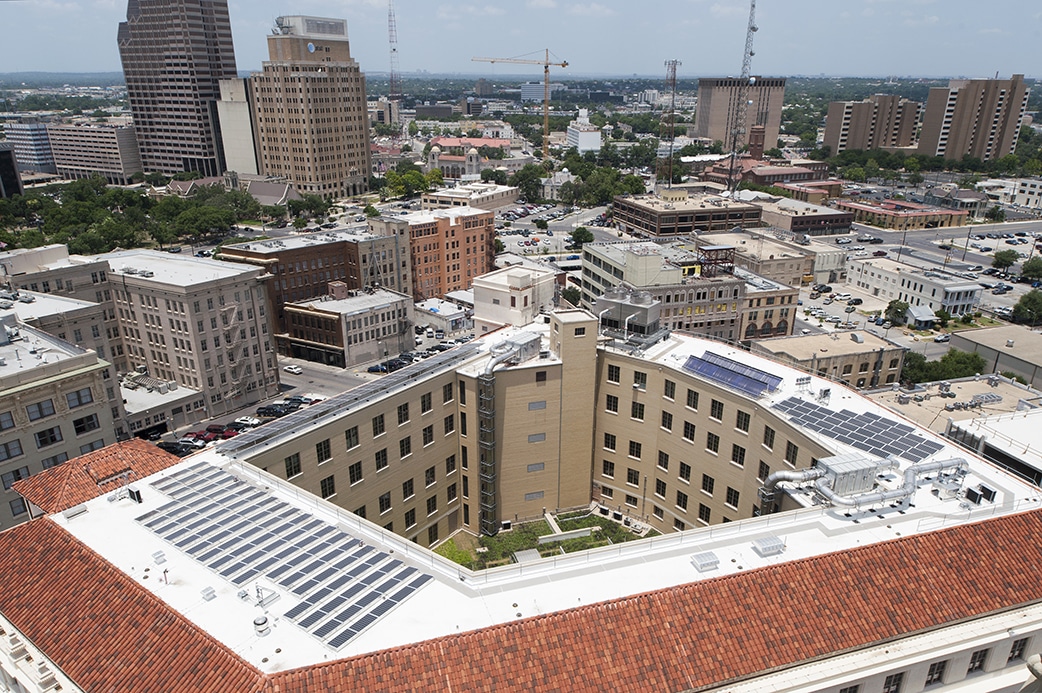Trivers joined the AIA 2030 Commitment in August 2017 and are working to share our experience in hopes of encouraging others to join as well. The 2030 Challenge states “All new buildings, developments, and major renovations shall be carbon-neutral by 2030”.
As the 2016 St. Louis Green Business Challenge Leaders level winner, Trivers has already implemented sustainable operations improvements and are combining our Sustainable Action Plan with our 2018 Green Business Challenge Champions level special project. We have uploaded our 2017 project portfolio to the Design Data Exchange with a portfolio average of 32.1% reduction in energy use, about the national average for project not using energy modeling, and are working to improve upon our 2016 42% average reduction for all projects. Through the road map created with our Sustainable Action Plan, Trivers is committed to reach carbon-neutral buildings by 2030.
The American Institute of Architects developed a companion program – the AIA 2030 Commitment – to help support the Challenge. The AIA 2030 Commitment is a national framework for reporting, progress tracking, and providing technical resources for member firms. Signatory firms must complete 3 primary steps; a series of internal sustainable operations changes, commit to uploading project data to the national Design Data Exchange database, and creating a firm Sustainable Action Plan.
To help achieve this ambitious challenge, Architecture 2030 developed a series of target goals for energy use savings, starting with 50% below baseline in 2006 and reducing an additional 10% every five years. Projects meeting Challenge goals in 2018 should be designed to 70% reduction in energy use from baseline, 80% in 2020, 90% in 2025 and culminating in carbon neutral building in 2030.



